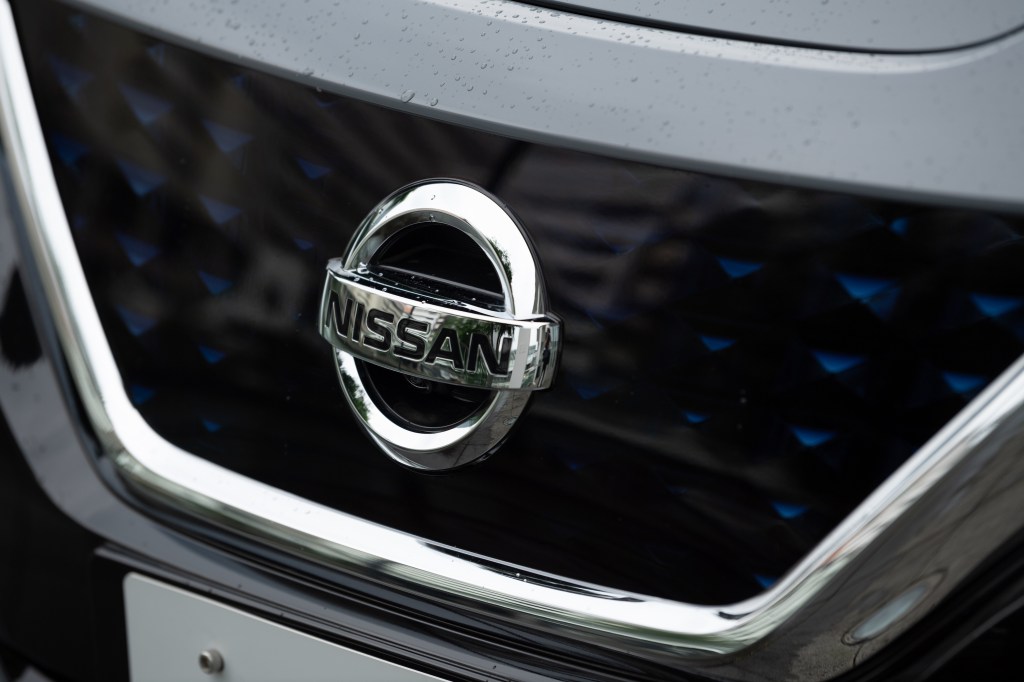
Which EV Has the Lowest Cost of Ownership?
Many shoppers will search for the lowest cost of ownership when choosing a vehicle within a segment, especially among EVs. For some, paying a little more upfront is worth it to save year after year. EVs now cost less to own than ICE vehicles. Combined with environmental benefits, this yearly savings is enough to prompt many drivers to make the switch. Which EV has the lowest cost of ownership? The answer is a car that’s fought hard for its popularity.

EV pricing and cost of ownership are on a downward trend
In 2020 Nissan celebrated the tenth anniversary of the world’s first all-electric mass-production vehicle. For more than 10 years, the automaker has been forging the path forward for electric vehicle production. As production costs have gone down and EV technology has improved, the upfront costs and cost of ownership have adapted as well.
Data analysis from Bloomberg illustrates the steady decline in EV battery prices. From 2011 to 2012, the cost of the average EV battery fell 14%. Between 2009 and 2012, prices fell even more dramatically, with a decline of 30%. This trend has shown no signs of slowing. In 2014 Tesla estimated its batteries cost $240/kWh. Today the estimate is $190/kWh. Battery replacement is one of the most costly repairs EV owners face.
The cost of owning an EV isn’t the only thing on a downward trend. These cars are getting cheaper to buy as well. It’s estimated that every aspect of EV production will soon be cheaper than ICE vehicle production. Prices between electric and combustion vehicles may equalize by as soon as 2024. It’s likely that as pricing continues to lower, more and more drivers will adopt electric vehicles.
How the 2020 Nissan Leaf stacks up

When compared to other EVs in its segment, the Nissan Leaf is impressively inexpensive to own. Insurance costs for some EVs can be very high. The Tesla Model 3, for example, costs 45% more to insure than the BMW 3 series. At the lower end of the spectrum, EVs are still more expensive to insure than ICE vehicles. The Nissan Leaf falls squarely in the middle of EV insurance rates. This is largely due to the high cost of replacing an EV. As prices reach parity between ICE and EVs, insurance rates will as well.
The 2020 Nissan Leaf has the benefit of more than a decade of design and refinement under its belt. This makes the Leaf more reliable than newer models that are still stretching their legs. Only the Chevy Bolt scores higher in reliability in this segment. This means Leaf owners spend less time and money on repairing their vehicles.
EVs offer big savings to drivers

The total savings in the cost of ownership can often negate the higher price of EVs over ICE options. Consumer Reports illustrates these savings with hard numbers. A 2020 Chevy Bolt costs $8,000 more than a Hyundai Elantra to purchase. Over the course of the car’s lifetime, the Bolt costs $15,000 less to maintain than the Elantra. This represents a total saving to drivers of $7,000.
Among EVs, the 2020 Nissan Leaf is a low-priced and reliable option that can save drivers hundreds of dollars in maintenance costs. For budget-conscious shoppers, EVs are an excellent choice, even if they cost a little more upfront. Electric vehicles will continue to offer bigger savings year after year as the technology continues to improve.


